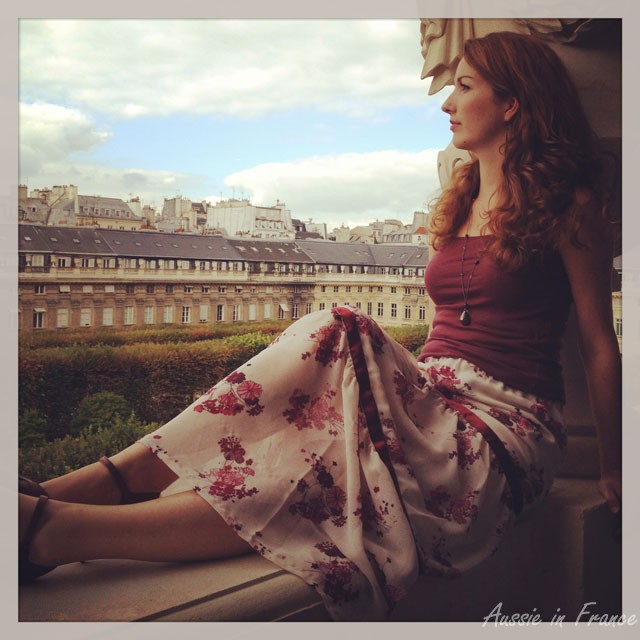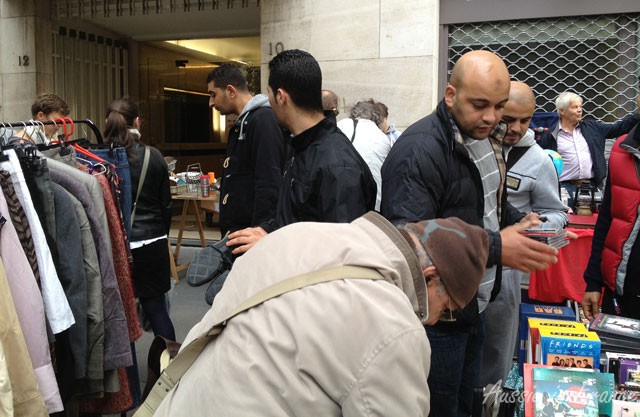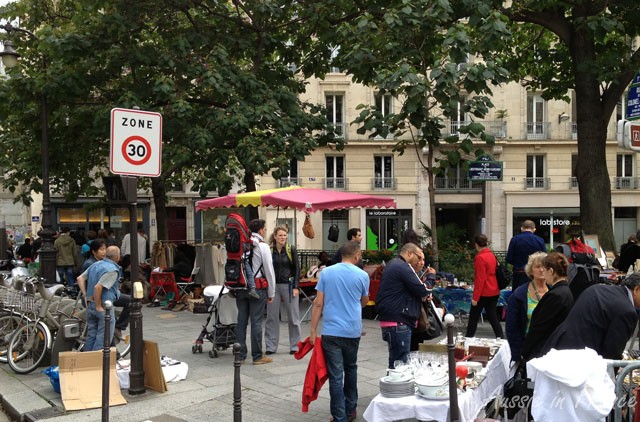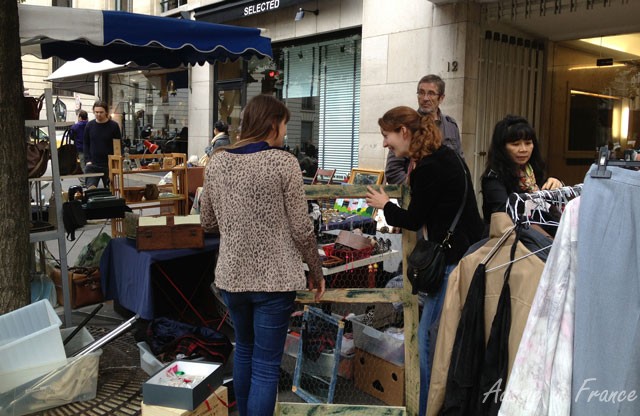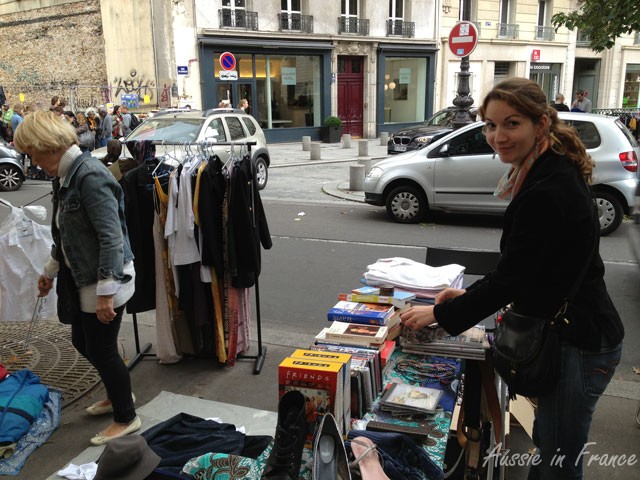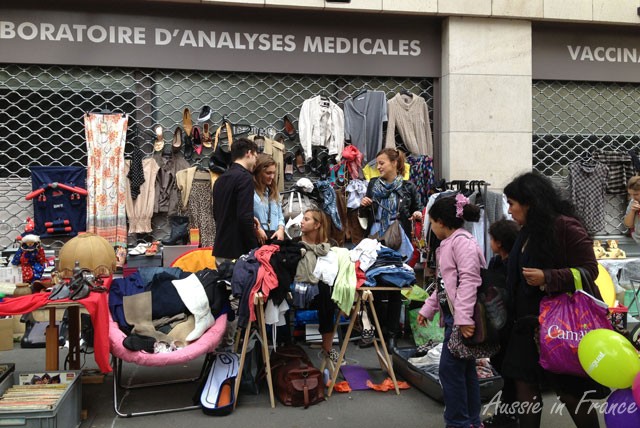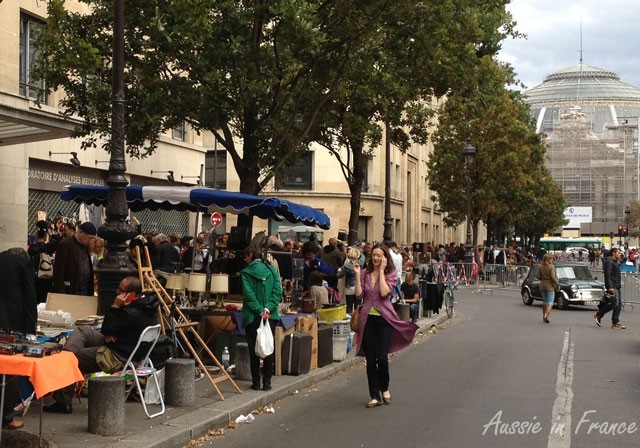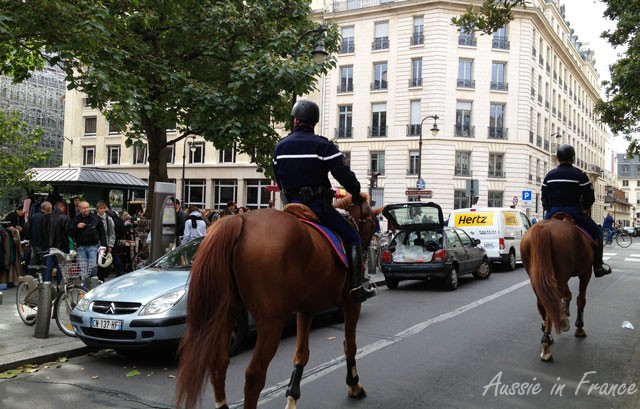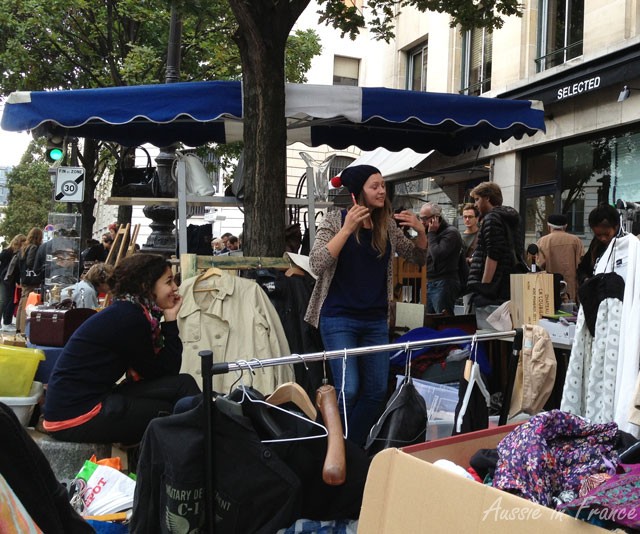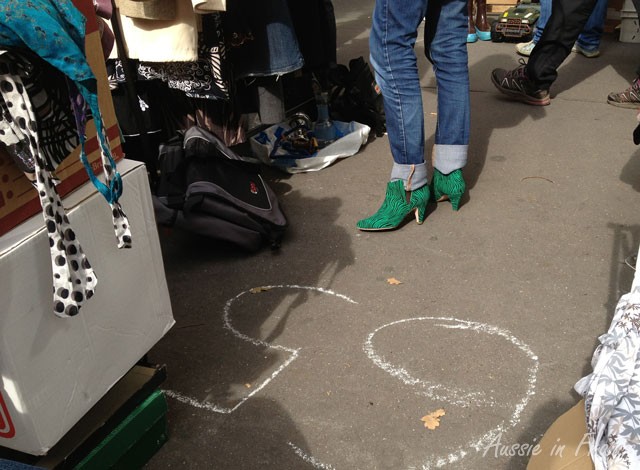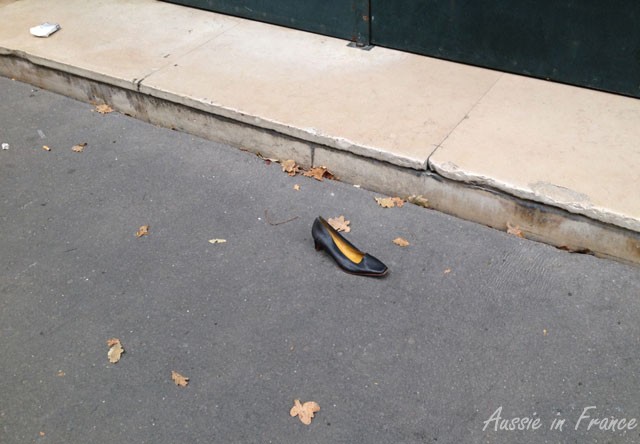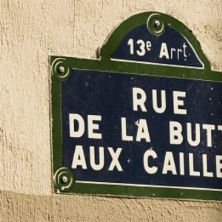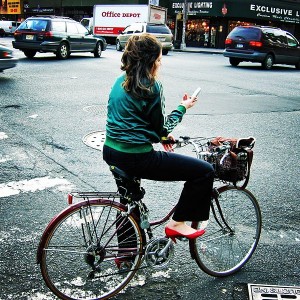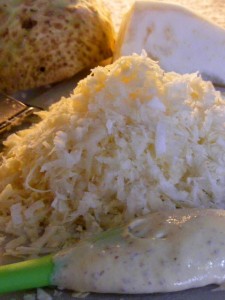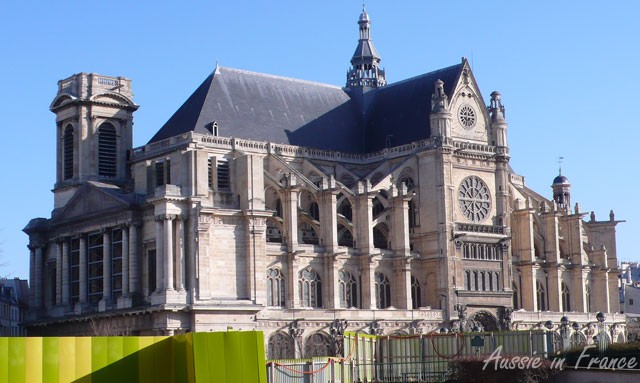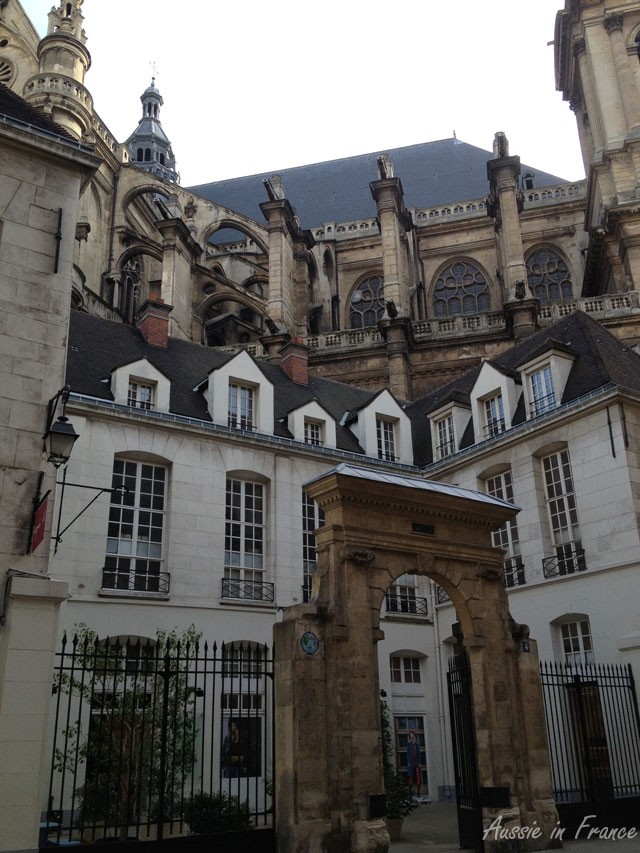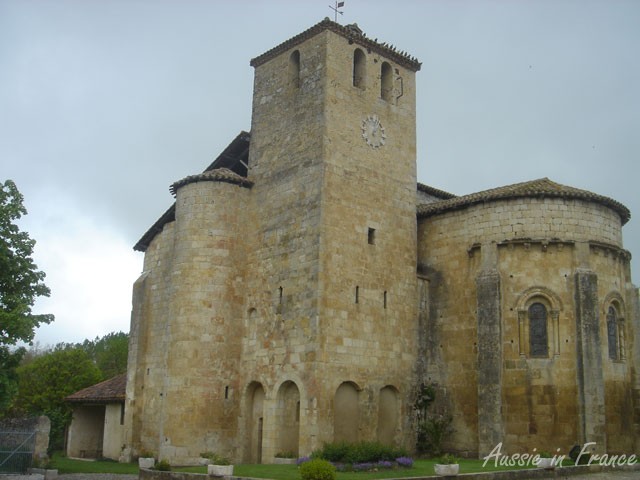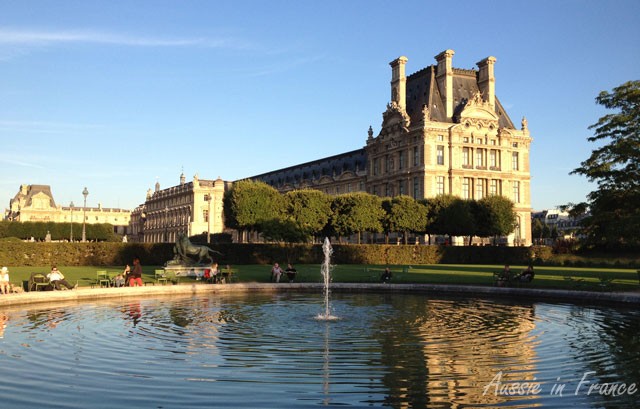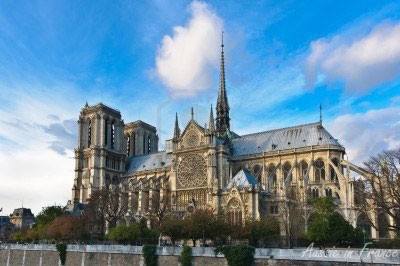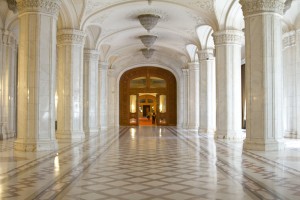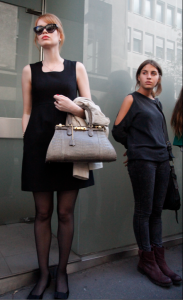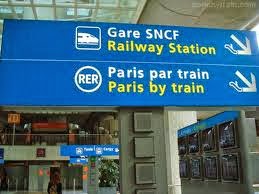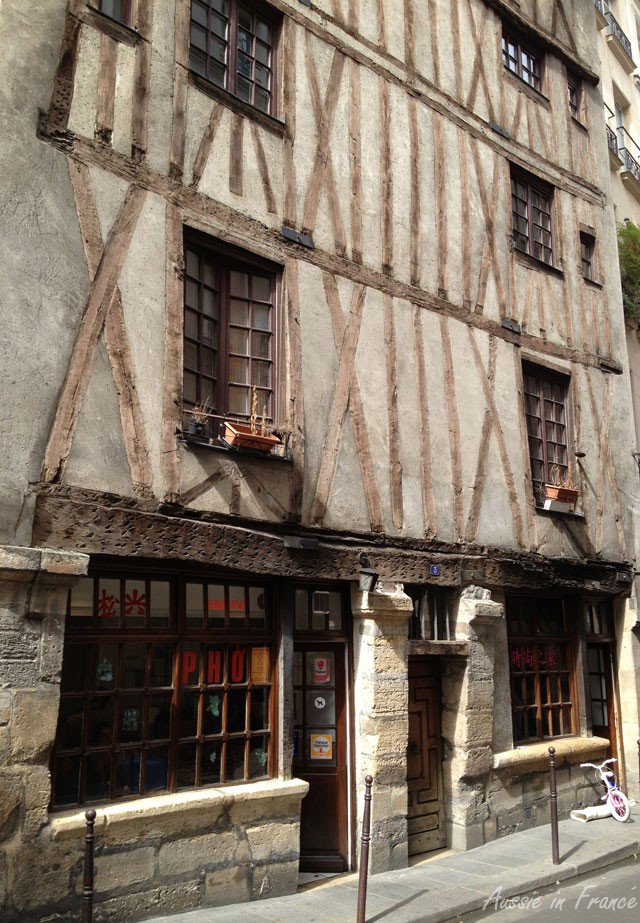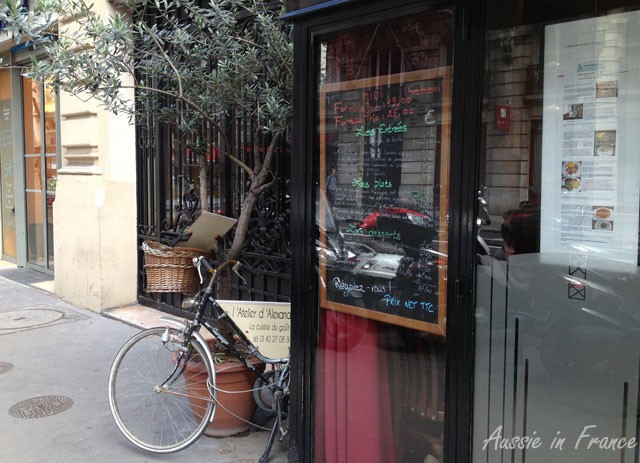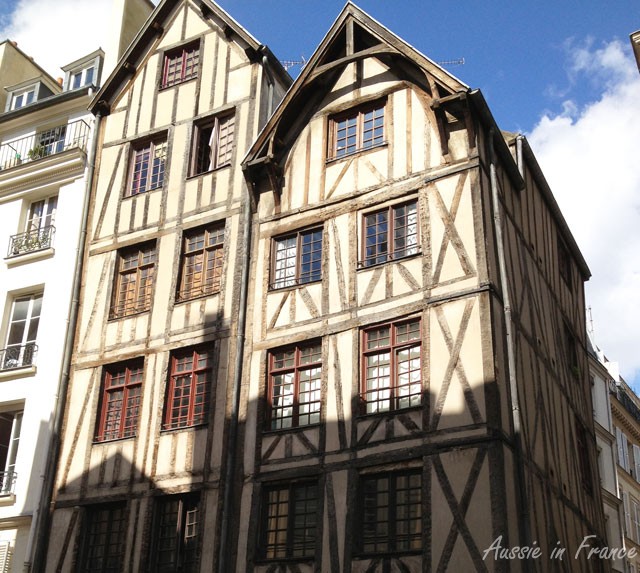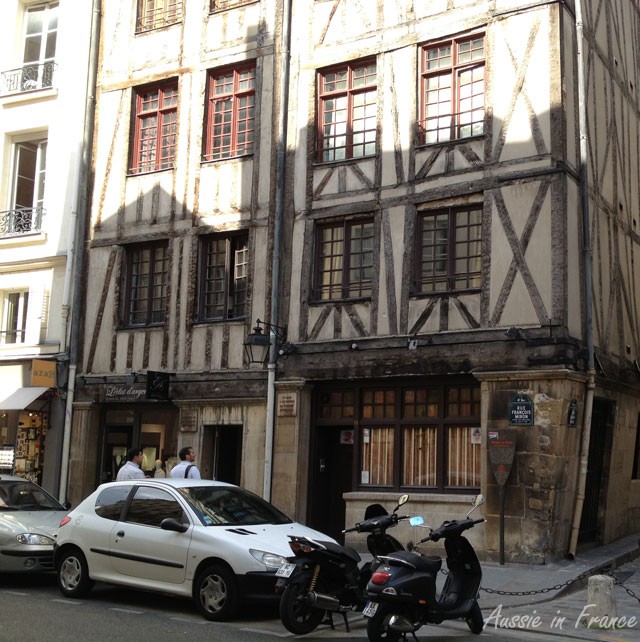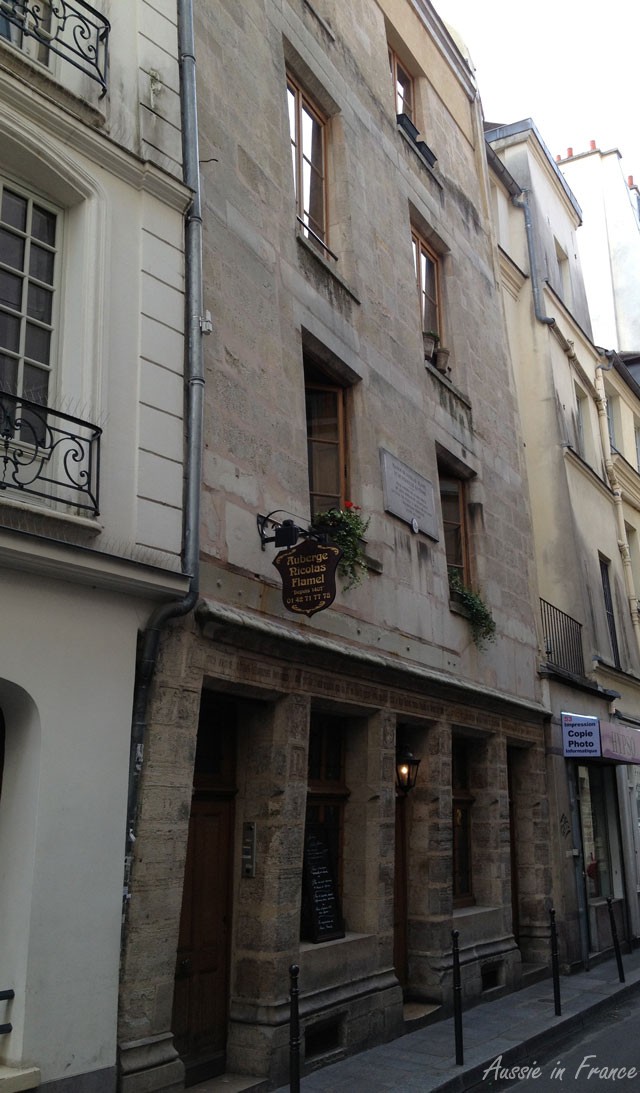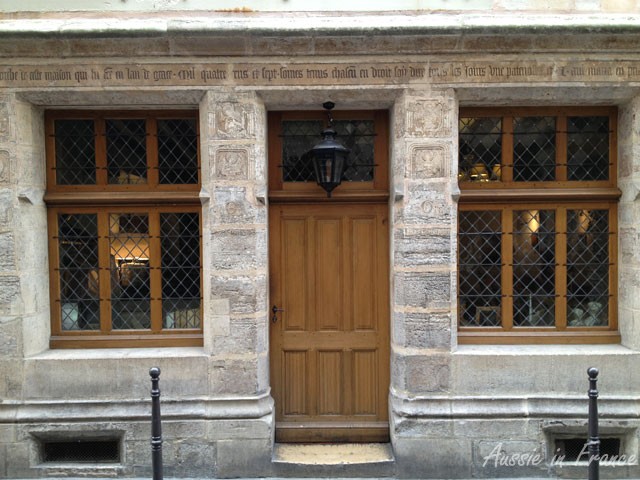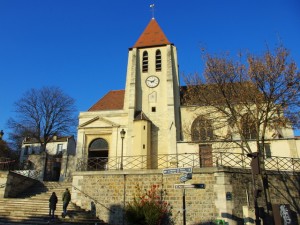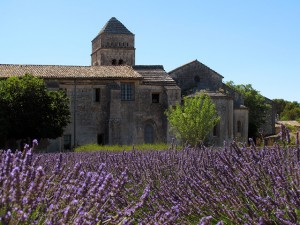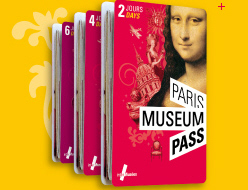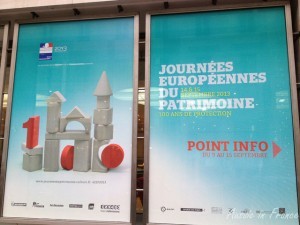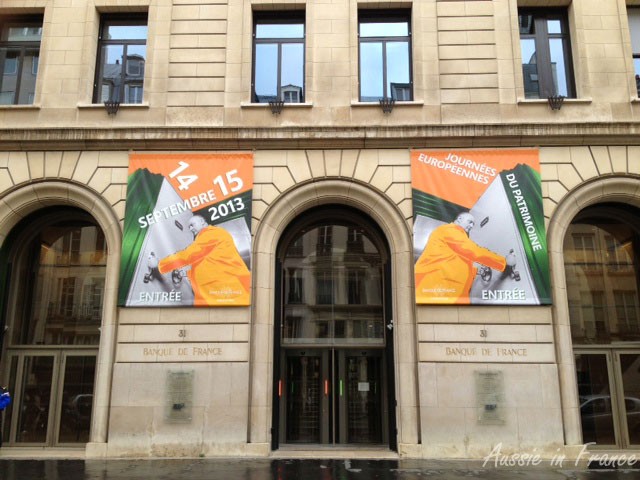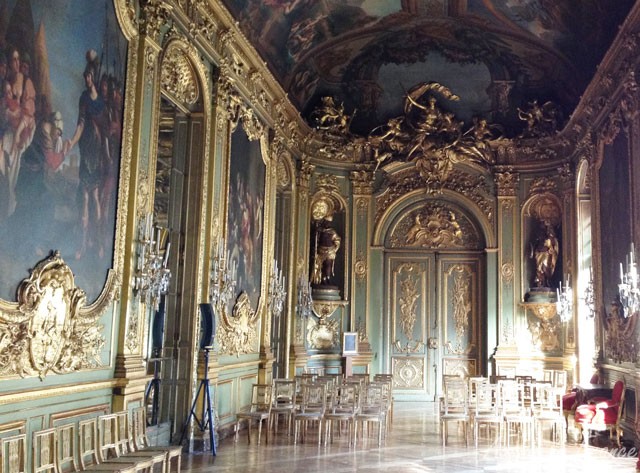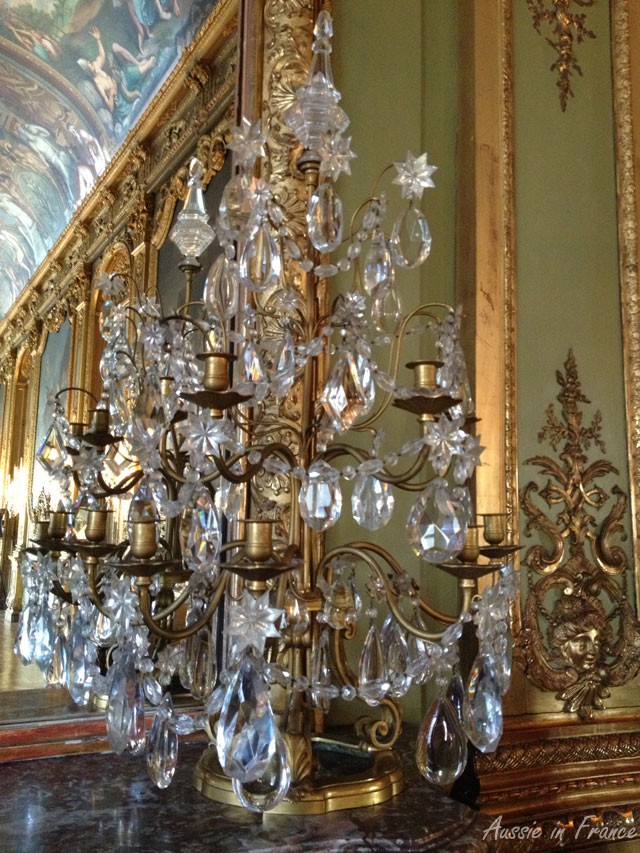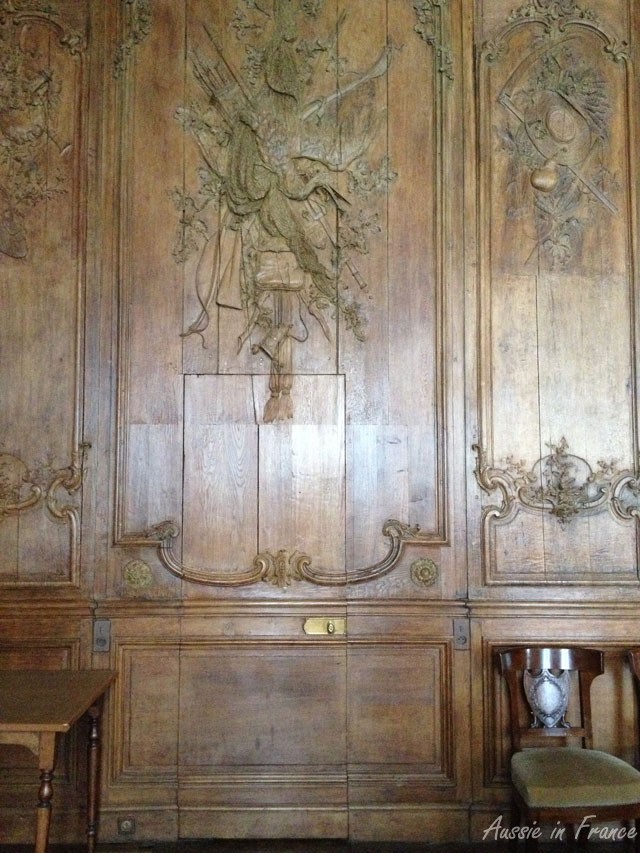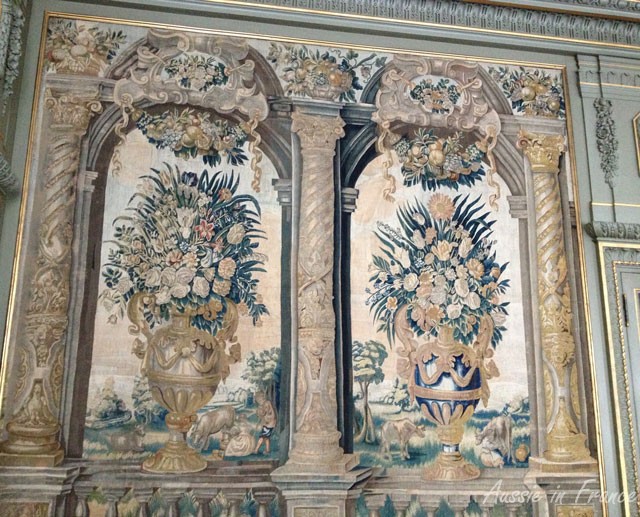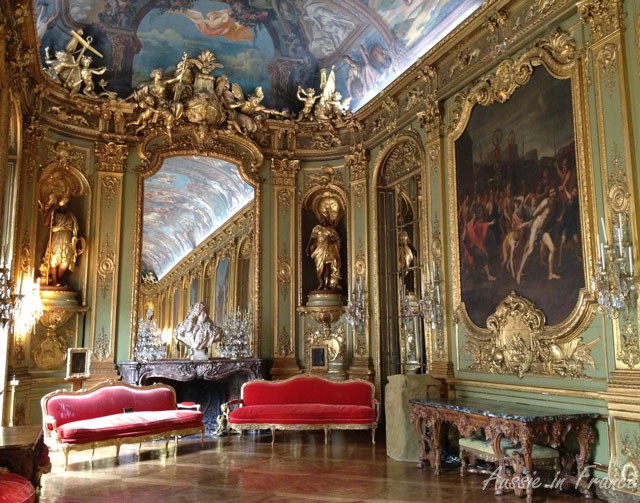This Wednesday, we’re staying in Paris. Australian blogger Jo Karnaghan from Frugal First Class Travel, whom I had the great pleasure of meeting up with during a recent trip to Paris, shares her latest find – three new shopping streets in Paris; well-known foodie Wendy Lyn from The Paris Kitchen, which I have just discovered, gives us ten excellent tips for reserving a restaurant in Paris, while published author Tom Reeves from Paris Insights takes us on a chocolate tasting. Enjoy!
THREE GREAT NEW SHOPPING STREETS IN PARIS
by Jo Karnaghan from Frugal First Class Travel, an Australian who loves to travel – especially in Europe – and who has gradually learned how to have a First Class trip on an economy budget, without missing out on anything!
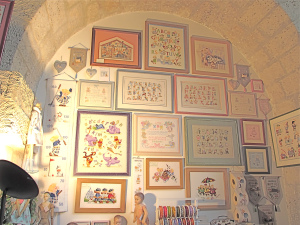 When visiting Paris recently, I was keen to get out and discover some new places and experiences – all about making familiar Paris seem brand new. Part of that was exploring some new and different shopping experiences. I found three great shopping streets I’d never visited before that I’d love to share with you. Whether you are a serious shopper or just love a bit oflecher la vitrine (window shopping), I hope you find my finds as interesting as I did. Read more
When visiting Paris recently, I was keen to get out and discover some new places and experiences – all about making familiar Paris seem brand new. Part of that was exploring some new and different shopping experiences. I found three great shopping streets I’d never visited before that I’d love to share with you. Whether you are a serious shopper or just love a bit oflecher la vitrine (window shopping), I hope you find my finds as interesting as I did. Read more
Top 10 Restaurant Reservation Tips for Paris
by American “insider” Wendy Lyn from The Paris Kitchen™ , one of the ten top food guides in the world, who gives savvy, globe-trotting foodies local introductions and an off-the-beaten-path experience of Paris’ food scene.
Calling for restaurant reservations can feel intimidating with the language barrier and time difference, but it doesn’t have to be.
While it is do-able to walk into a cute little corner bistro without reservations, if you are headed this way on a mission to eat through your list of Paris’ top spots, reservations are essential – even for a casual dining.
Thank you to all the Facebook fans, restaurant staff & clients who helped me create this top 10 list for making reservations in France.

One of the questions I’m most often asked is, “Why is it so hard to get a reservation? I don’t want anything fussy or expensive.” Read more
An Evening of Chocolate Tasting with Les Amants du Chocolat de la Couronne Parisienne
by Tom Reeves from Paris Insights, whose love of French language and culture inspired him to create Discover Paris!, a travel planning service that caters to Americans interested in cultural travel to Paris and to write Paris Insights – An Anthology
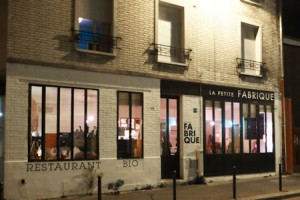 One of the advantages of blogging about chocolate tastings is that one meets people who invite you to…more chocolate tastings!
One of the advantages of blogging about chocolate tastings is that one meets people who invite you to…more chocolate tastings!
It was at the hot chocolate demonstration at Mococha where I met Sabine Malet, secretary of the chocolate appreciation club Les Amants du Chocolat de la Couronne Parisienne. Sabine told me about her club’s tasting that would feature the chocolate of Laurence Dali, who operates O Mille et une Fèves in the 20th arrondissement of Paris. Naturally, I wanted to be part of that. Read more




